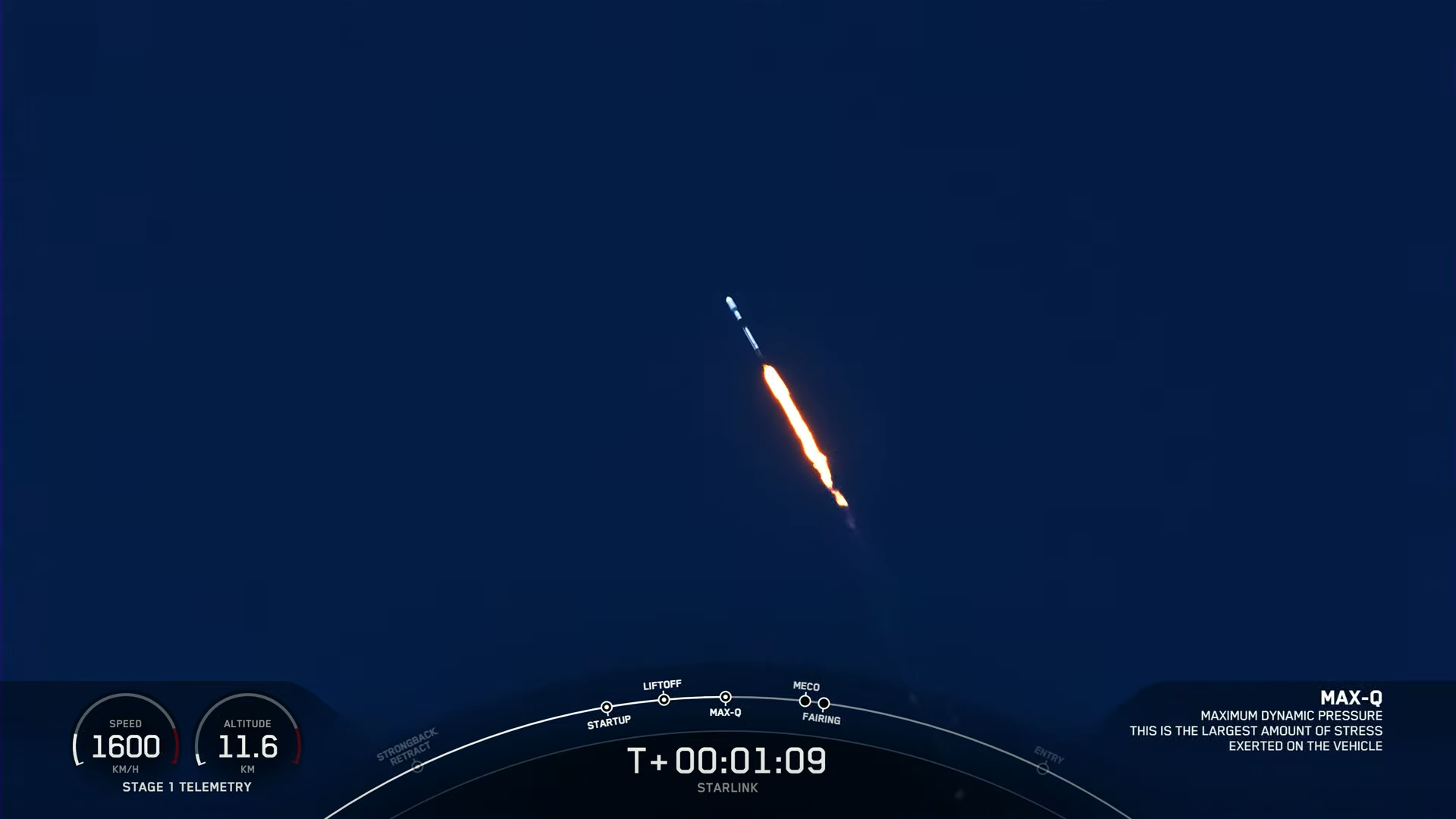
Barely a day since the Space Coast bade farewell to Dragon Endeavour and her four-strong crew—NASA astronauts Steve Bowen and Warren “Woody” Hoburg, together with Russian cosmonaut Andrei Fedyayev and Sultan Al-Neyadi of the United Arab Emirates (UAE)—a second mission of March rose ponderously to orbit on Friday from Vandenberg Space Force Base, Calif., kicking off SpaceX’s fourth launch of the year from the West Coast. The flight-seasoned B1061 core sprang from Vandenberg’s Space Launch Complex (SLC)-4E at 10:38 a.m. PST, following several days of delay, due to poor weather and the prioritization of Crew-6 launch operations on the East Coast.
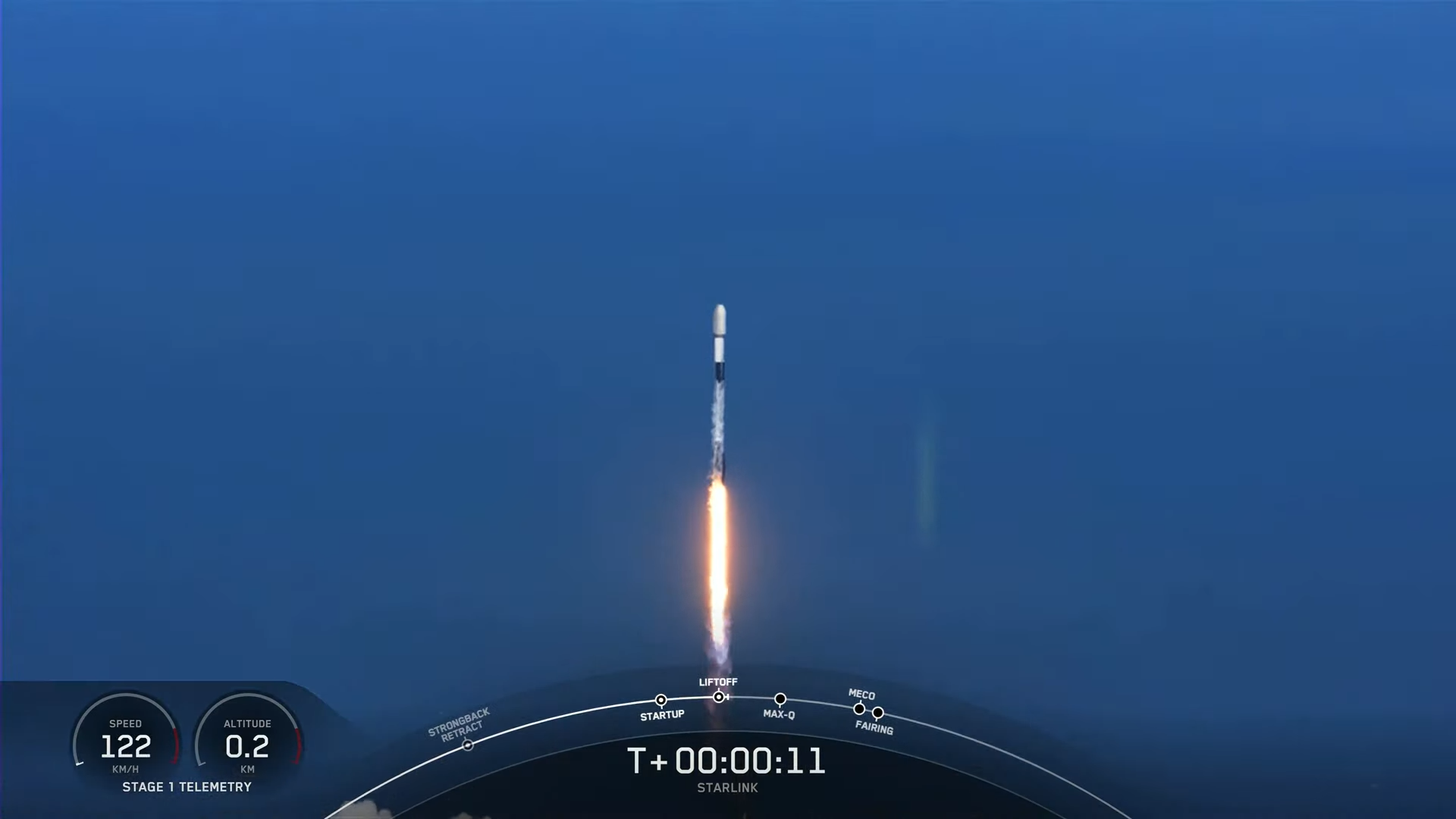
As SpaceX’s launch cadence out of mountain-ringed Vandenberg continues to ramp up, 2023 looks set to better even last year’s accomplishment, which saw 13 flights using only three Falcon 9 boosters—one of which flew six times. This more than doubled the previous West Coast annual record of six missions total, set in 2018.
Those 13 flights included a pair of highly secretive payloads for the National Reconnaissance Office in February and April and Germany’s SARah-1 radar-imaging surveillance satellite in June. Added to 2022’s haul was the NASA-led Surface Water and Ocean Topography (SWOT) mission in December, eight Starlink “stacks” between February and October—totaling 392 flat-packed low-orbiting internet communications satellites—and Israel’s EROS-C3 electro-optical imaging satellite in the final hours before year’s end.
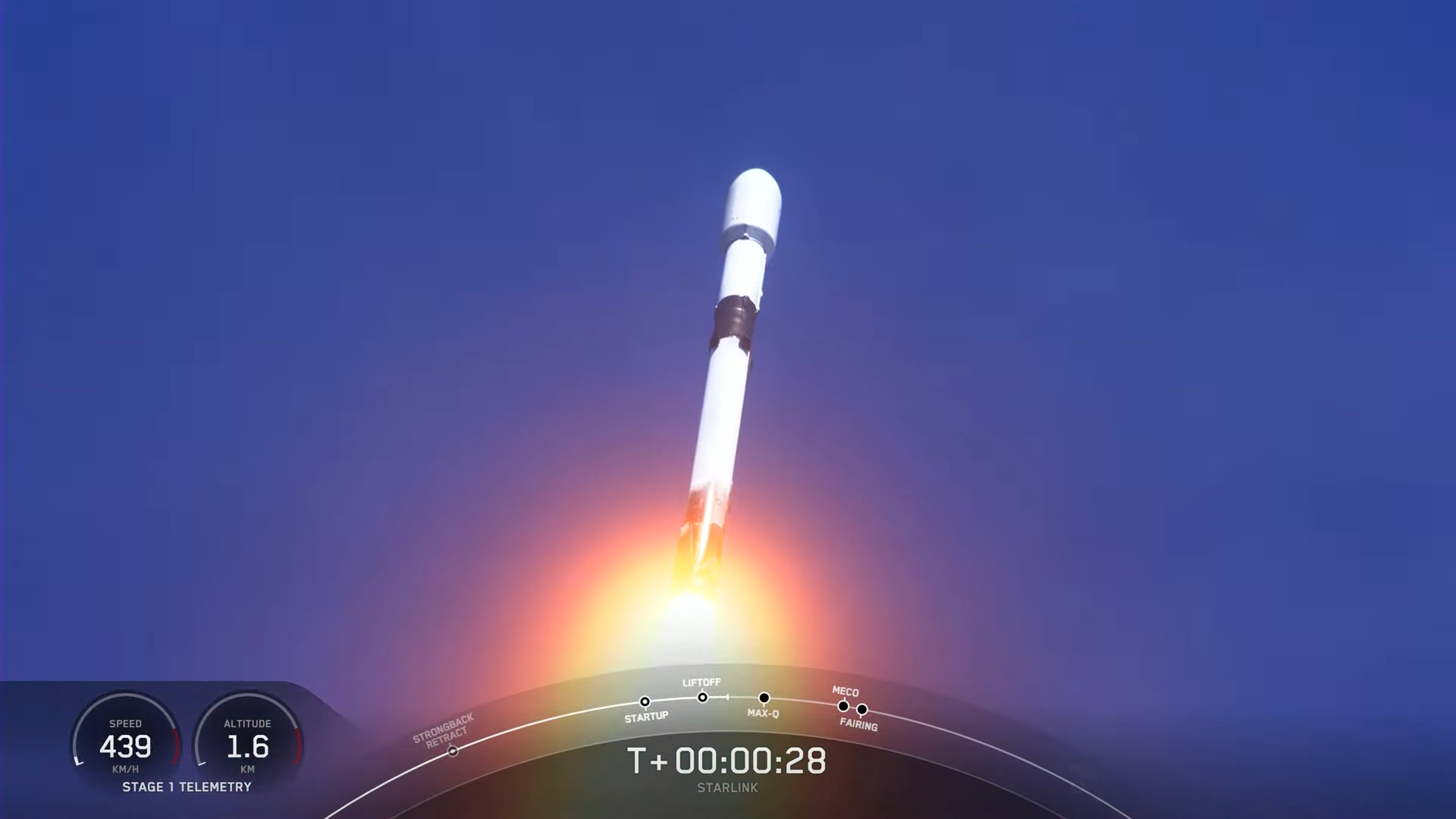
And a new record of just 11 days was set between a pair of SpaceX launches out of Vandenberg last July. Heading into 2023, three Falcon 9 missions rose from the West Coast in January and February alone, compared to only a couple flights by this same time in 2022.
They successfully delivered 151 Starlinks and D-Orbit’s ION Satellite Carrier Vehicle (SCV009) multi-payload dispenser uphill. And last week, there were high hopes that B1061—embarking on the 12th launch of her career and her third trek out of Vandenberg—might fly as early as Monday.
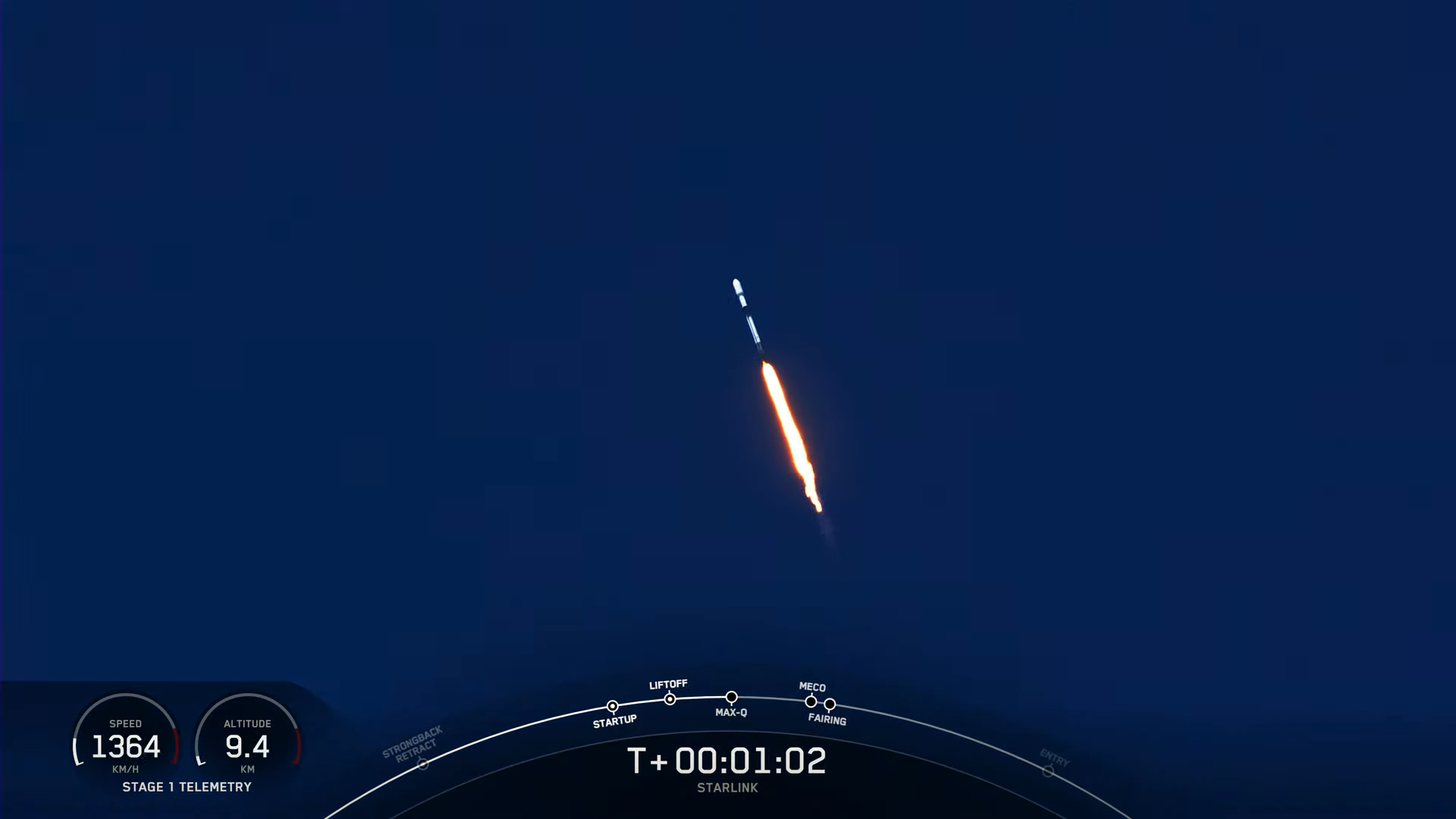
But it was not to be, for SpaceX declared from the outset that Crew-6 would take priority. Launch of B1061 was postponed from Monday, due to poor weather on the West Coast, before aiming next for 11:20 a.m. PST Tuesday, then sustaining another 24-hour nudge to the right to No Earlier Than (NET) 11:06 a.m. PST Wednesday.
In the meantime, late Tuesday SpaceX tweeted that if all systems and weather remained good for Crew-6’s scheduled 12:34 a.m. EST Thursday launch from historic Pad 39A at Florida’s Kennedy Space Center (KSC), it would “adjust” B1061’s flight out of Vandenberg accordingly. And that is precisely what transpired, as the Hawthorne, Calif.-headquartered organization issued a revised T-0 of 10:52 a.m. PST Thursday, only 17 hours and 16 minutes after Bowen and his men took flight from the opposite seaboard.
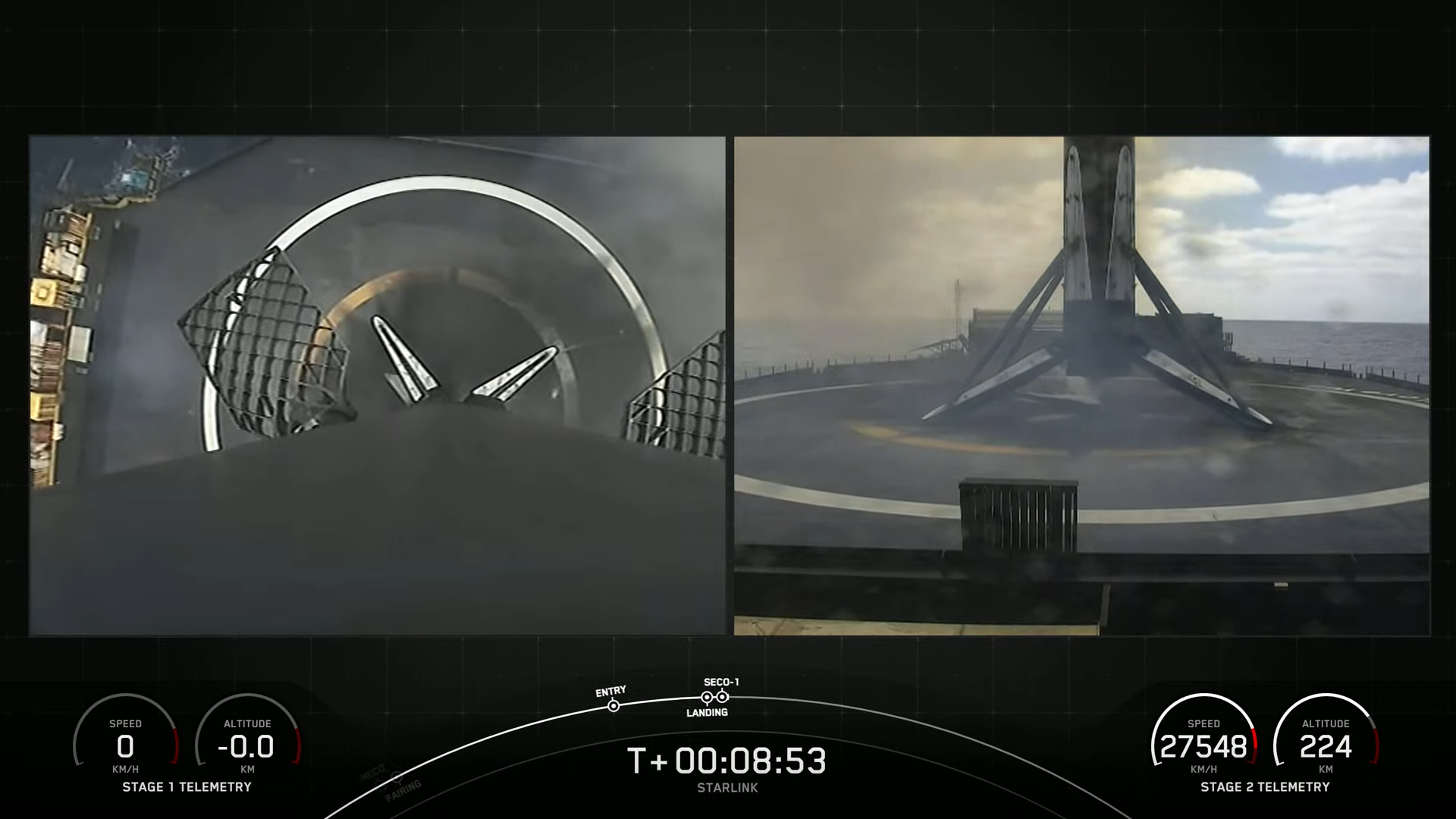
That target was later revised to 2:50 p.m. PST Thursday, before the attempt was called off, “due to unfavorable recovery weather conditions”. A new launch date of 10:38 a.m. PST Friday was selected.
In readiness for launch, the West Coast-based Autonomous Spaceport Drone Ship (ASDS), “Of Course I Still Love You”—which previously enjoyed a stellar East Coast career, recovering 45 returning Falcon 9 cores between April 2016 and June 2021—put to sea out of Port of Long Beach last Saturday, bound for a position about 410 miles (640 kilometers) offshore in the Pacific Ocean. With the baton of East Coast operations having now been taken up by fellow drone ships “Just Read the Instructions” and, since August 2021, by “A Shortfall of Gravitas”, and in anticipation of an increased flight tempo from Vandenberg, OCISLY was transferred west via the Panama Canal later that same summer to support her first West Coast mission in September.
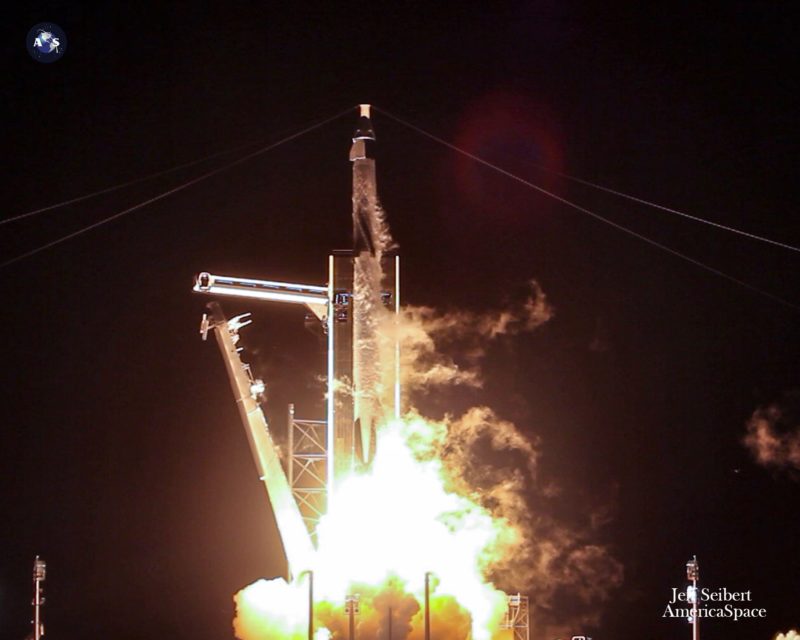
Inclusive of Friday’s successful retrieval of B1061, she has now logged 15 additional landings offshore in the Pacific. That brings her impressive tally to 60 safely recovered Falcon 9s in a little under seven years.
Flying Friday’s mission was a Falcon 9 core which entered service more than two years ago and pulled double duty as a crew-carrier for her first two flights. Back in November 2020, she launched Dragon Resilience and Crew-1 astronauts Mike Hopkins, Victor Glover and Shannon Walker of NASA, together with Japan’s Soichi Noguchi, to the International Space Station (ISS).
It marked the first U.S. crewed mission to begin in the hours of darkness since the twilight of the Space Shuttle Program, a decade earlier. Five months later, in April 2021, B1061 lifted Dragon Endeavour and Crew-2 astronauts Shane Kimbrough and Megan McArthur of NASA, Japan’s Aki Hoshide and France’s Thomas Pesquet to the ISS.
Their mission concluded the following November after 199 days. It remains the longest single flight by any U.S. crewed spacecraft.
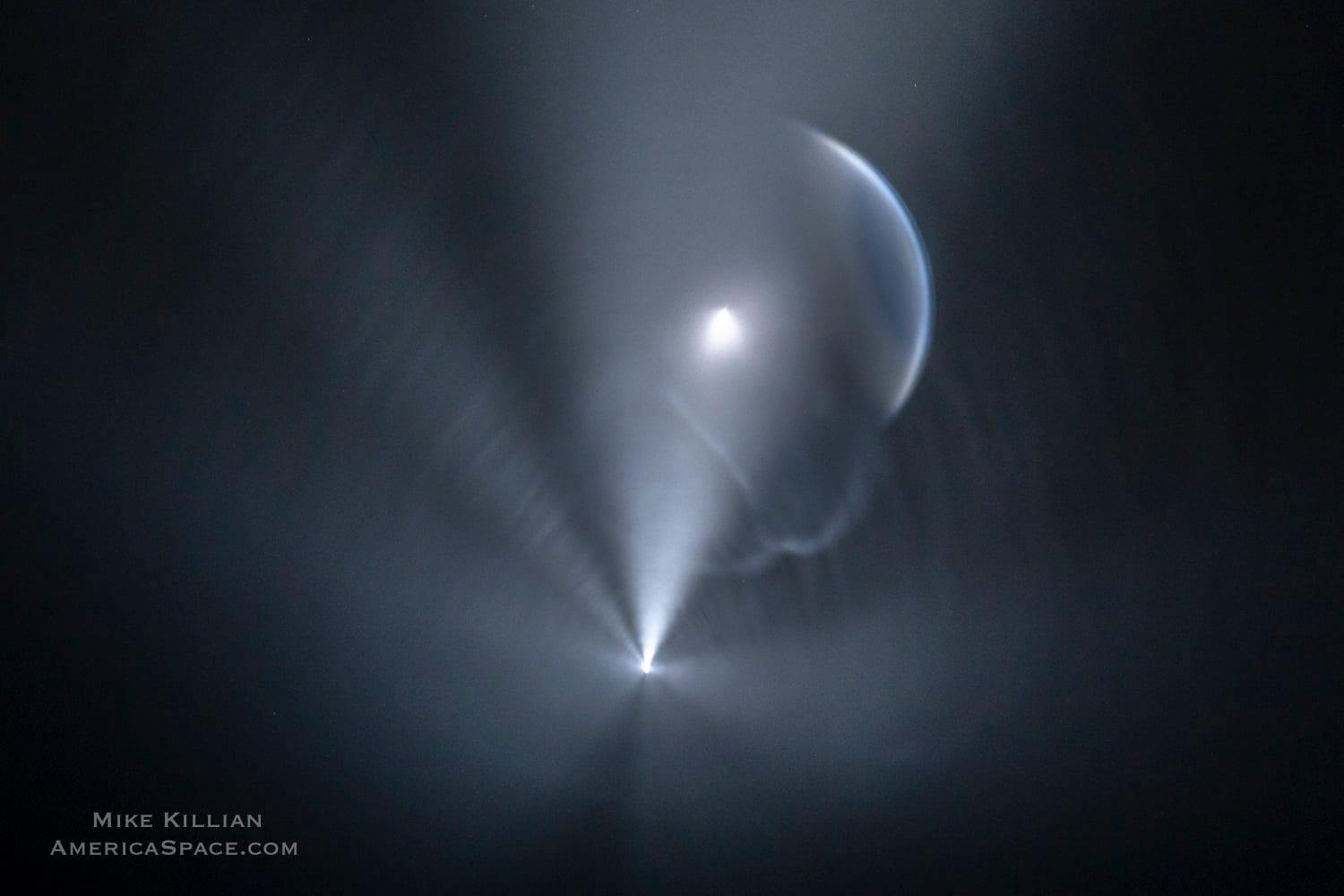
Her human-hauling duties over, B1061 settled into a more regular routine as a payload lifter. She launched SiriusXM’s heavyweight SXM-8 broadcasting satellite in June 2021, SpaceX’s CRS-23 Cargo Dragon to the ISS the following August and NASA’s Imaging X-ray Polarimetry Explorer (IXPE) in December 2021.
Six more missions followed in 2022, as she lifted a pair of Starlink batches—95 satellites in total—in February and August and the Transporter-4 and 5 multi-payload “stacks” on April Fool’s Day and late May. This was followed by a Globalstar-2 global mobile communications satellite and a possible payload for an undisclosed U.S. Government customer in June and, most recently, Israel’s EROS-C3 electro-optical surveillance satellite on the second-to-last day of December.
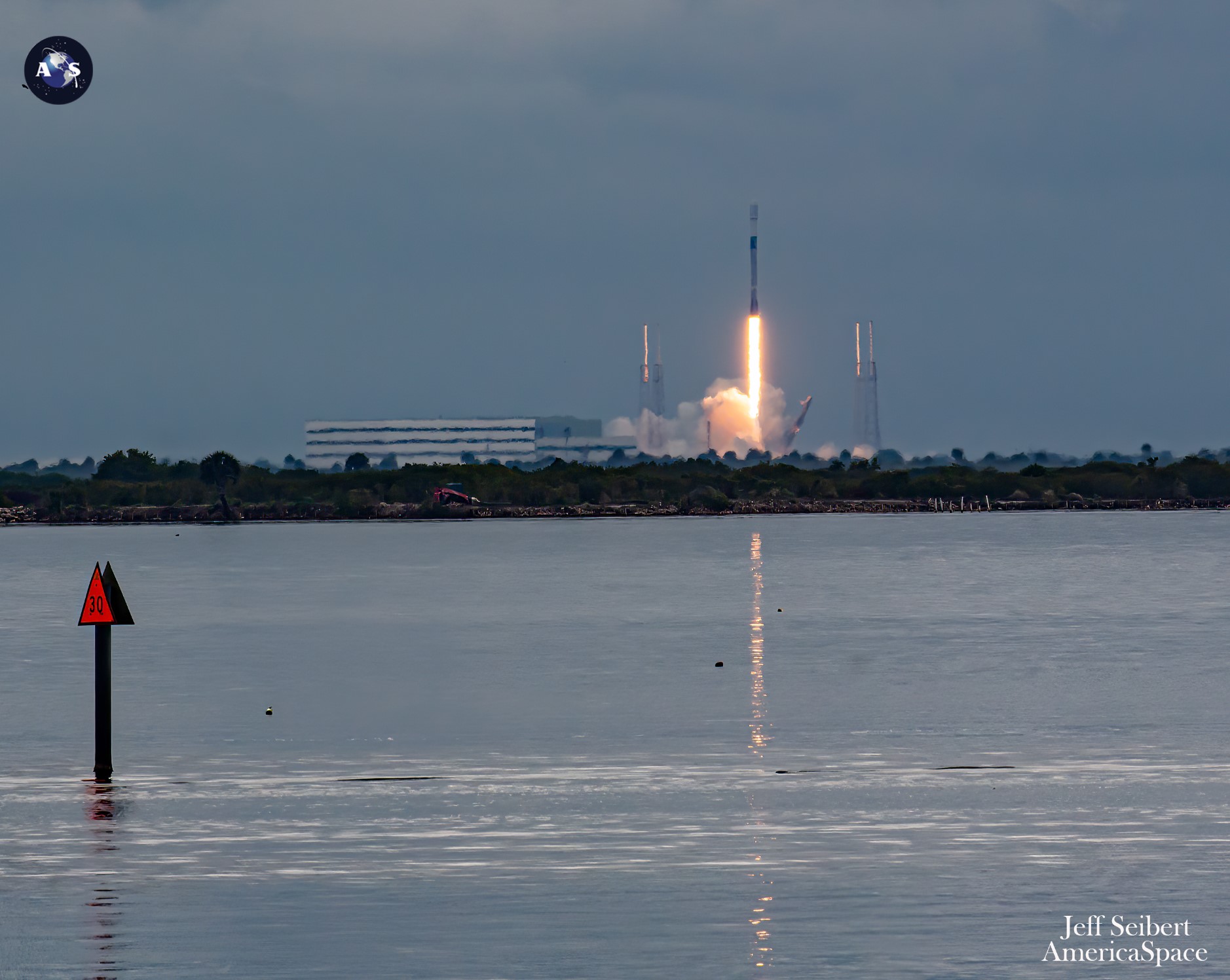
Late last summer, after nine launches from the East Coast, B1061 was moved west and her most recent trio of missions have all occurred from Vandenberg. It remains unclear if this move west will lead B1061 into retirement and a possible future “disposable” mission or if the increased flight tempo out of Vandenberg required another booster.
In any case, SpaceX currently boasts four operational boosters in its West Coast Falcon 9 inventory, one of which entered service and made its maiden launch in January. Two others have alternated multiple missions between Florida and California, whilst B1071—which joined the fleet last February—has spent her entire career as a dedicated “Vandenberg Falcon”, recording seven launches so far.
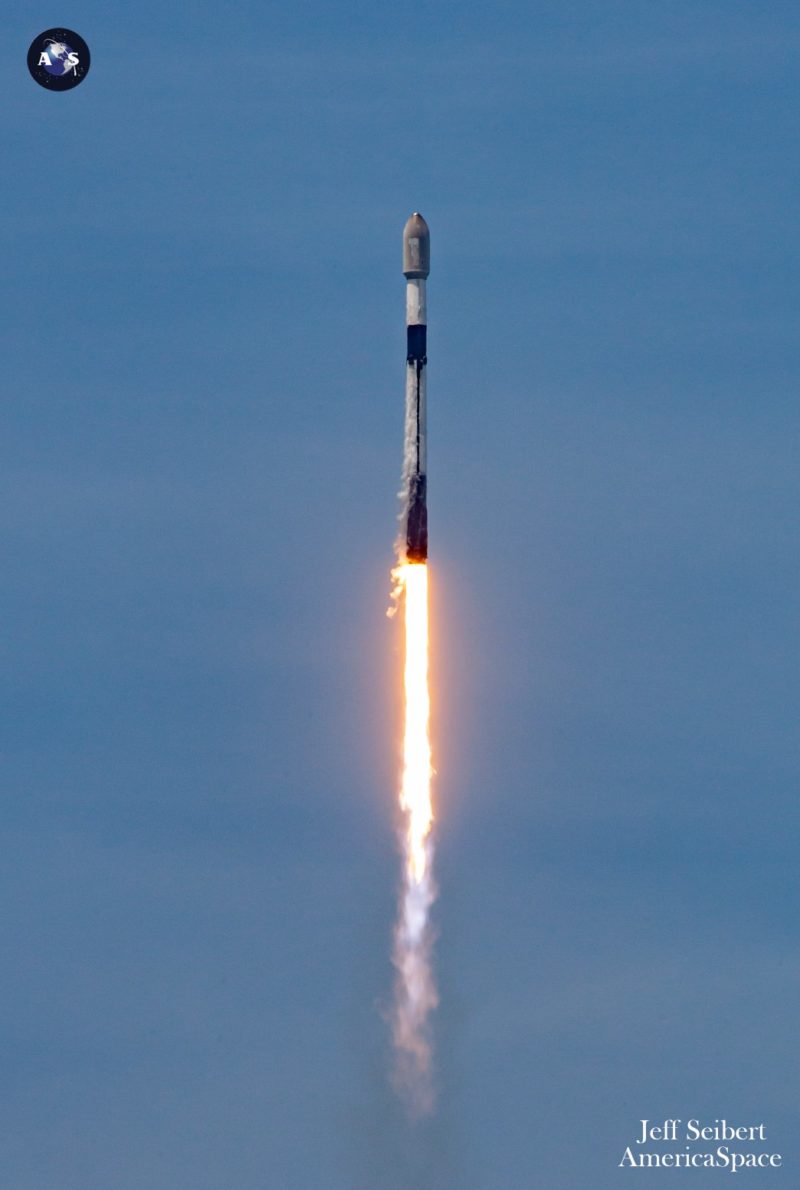
B1061 speared into the Vandenberg sky at 10:38 a.m. PST Friday, her nine Merlin 1D+ engines powering her uphill for the opening 2.5 minutes of flight, before she returned to a smooth touchdown on OCISLY’s deck. The Merlin 1D+ Vacuum engine of the second stage then executed a six-minute “burn” to deliver the 51 Starlinks to an orbital altitude of 350 miles (570 kilometers), inclined 70 degrees to the equator.
Deployment occurred some 15 minutes after liftoff, pushing to 4,051 the total number of production-design Starlinks to have been orbited since May 2019. These satellites have facilitated high-speed and low-latency internet provision across 50 sovereign nations and international markets, spanning North and South America, Europe, Asia, Oceania and Africa. In February alone, Iceland, Rwanda and the Philippines—the first Starlink client in South East Asia—have officially signed up to the network.




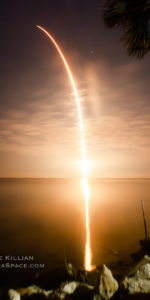
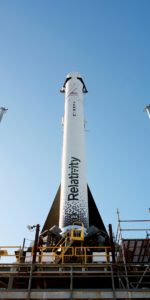
4 Comments
4 Pings & Trackbacks
Pingback:Relativity Space Looks to Wednesday for Maiden Terran-1 Launch - AmericaSpace
Pingback:Relativity Space Scrubs First Terran-1 Launch, Awaits New NET Date - AmericaSpace
Pingback:Vandenberg Falcon Scrubs at T-16 Seconds, As Weather Improves for Falcon Heavy Launch Tonight - AmericaSpace
Pingback:SpaceX Flies April’s Third Vandenberg Mission, Watches Falcon Heavy Weather - AmericaSpace